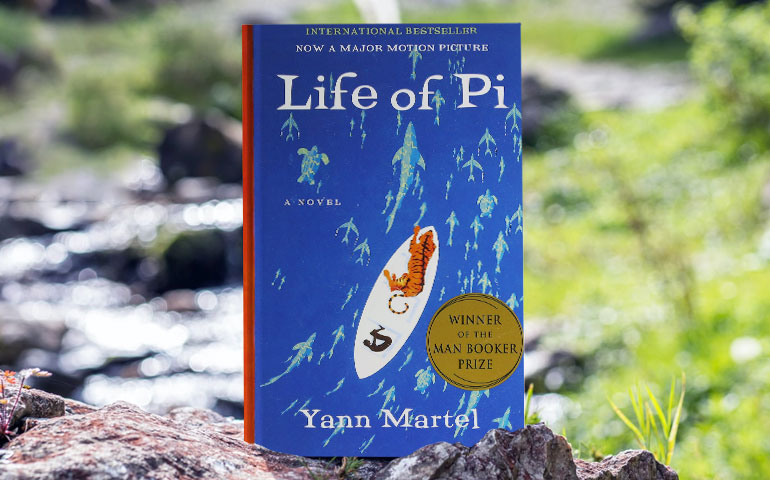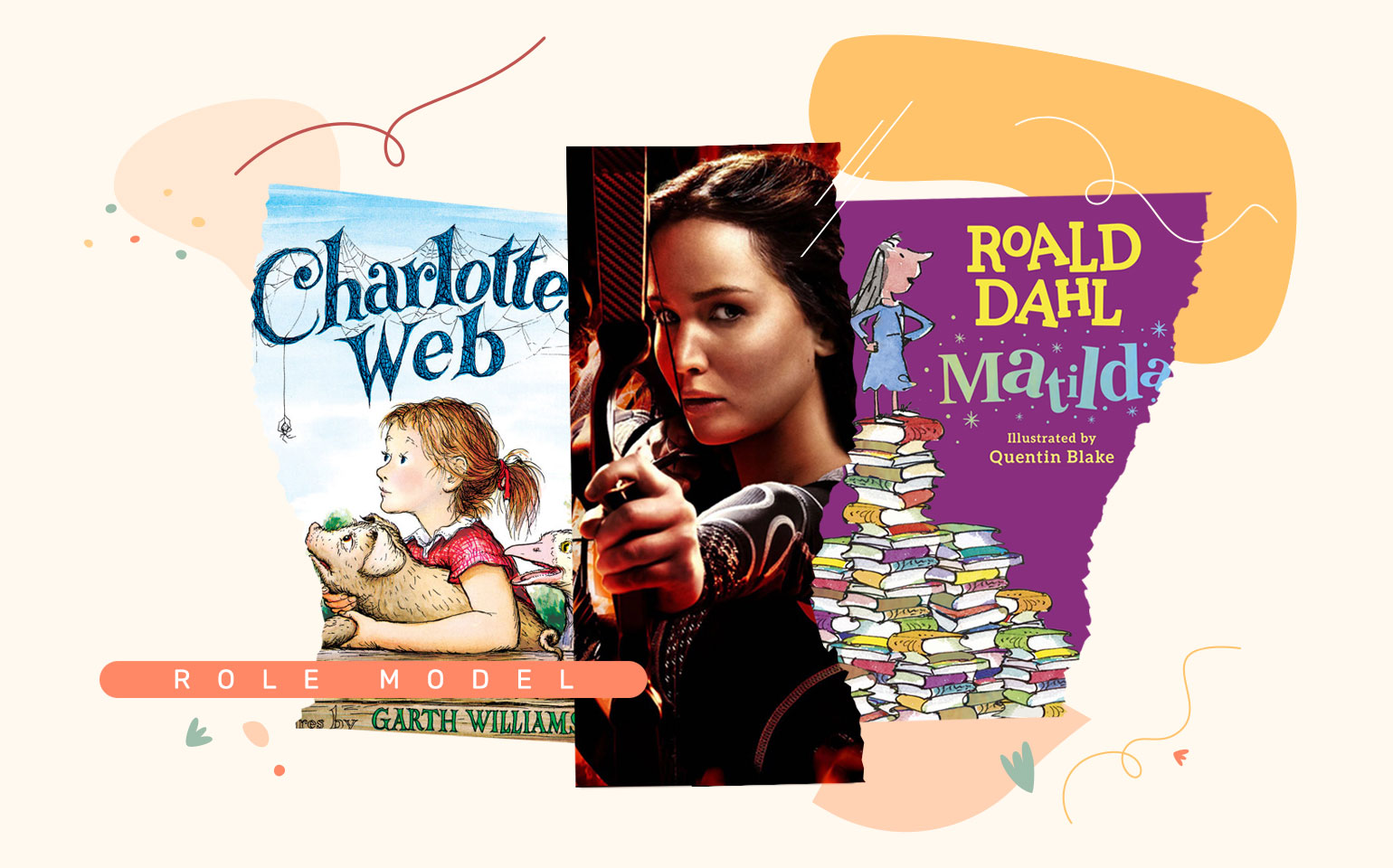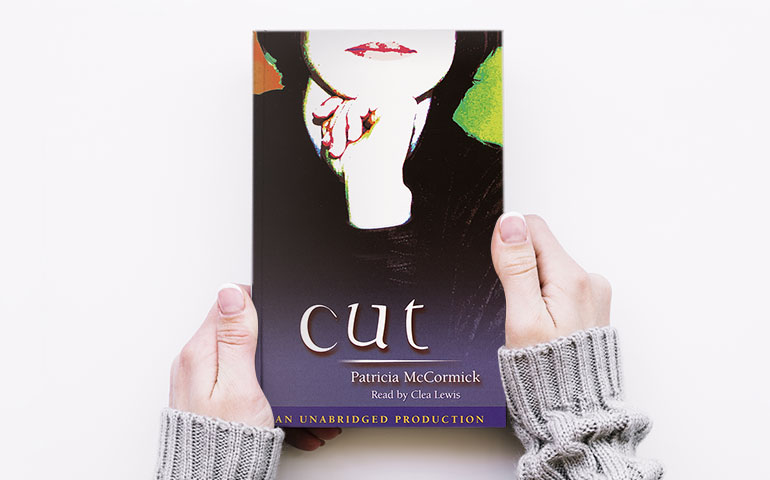
Life of Pi: More than Survival
Reading Yann Martel’s Life of Pi, I came to a surprising realization: survival stories can be way more than just a pursuit to stay alive.
The beginning of Life of Pi is centred around an Indian Tamil boy named Piscine (Pi) Patel finding his way through his childhood. Pi grows up in his family’s zoo in the city of Pondicherry, which immediately plunges him into zoology and understanding the nature of animals. Marked with a name that lends itself well to an unfortunate mispronunciation, Pi must deal with issues of bullying and identity. Through these trials, Pi dedicates himself to three religions—Hinduism, Christianity, and Islam—and practices them all loyally. When Pi is 16, the Patel family decides to close the zoo and start a new life in Canada. The ship that the Patel family and their zoo animals board to embark across the Pacific sinks only a few days into its journey. This leaves Pi stranded in a lifeboat with a tiger named Richard Parker. From here, the book recounts Pi’s struggle to survive, as well as his struggles with the nature of animals, morality, and faith.
At its heart, Life of Pi is about facing a big challenge. Not only is this simple, but it has been written countless times before, raising the simple question of “will the hero overcome this obstacle?” What separates Life of Pi from these others is that we learn early on that the hero survives, making readers ask not if the hero makes it, but how he will make it. This means that the book can focus on other themes that still tie back to the hero’s ultimate goal to survive, making it an insightful and exciting read.
At the beginning of this novel, we follow Pi’s stream of consciousness as he tells us of his childhood right up until his family’s move to Canada. We learn of Pi’s early life through a series of anecdotes that I admittedly saw as pointless. They turned out to be far from it, as they each demonstrate a trait or training that, if Pi didn’t previously have, would have meant his death out in the ocean.
Something about this book that I both enjoyed and found surprising was that one of the keys to Pi’s survival was Richard Parker, the vicious creature that Pi was taught early on to fear. Looking into the eyes of a tiger as a child, Pi sees something greater than a natural predator. He believes that all animals are just like humans in that they have a deep sense of understanding and reality—that they have souls.
As a result, Pi is able to see meaning in Richard Parker, which drives his decision to keep the tiger alive. His knowledge of animals allows him to make this decision a reality. “A part of me did not want Richard Parker to die at all, because if he died, I would be left alone with despair, a foe even more formidable than a tiger. If I still had the will to live, it was thanks to Richard Parker… It’s the plain truth: without Richard Parker, I wouldn’t be alive today to tell you my story.”
What keeps Pi alive is the purpose he finds in keeping Richard Parker alive. This highlights the importance and effects of companionship—particularly eliminating barriers in it—by illustrating characters with no choice but to do so. It is an amazing relationship to follow in that it works against all odds to sustain two very different characters. It made me question the barriers I have put up in relationships in my own life as well as their effects.
Through several stories in the first part of the novel, readers learn that Pi practices three religions, proving he possesses much love and faith. Through his suffering on the lifeboat, he is able to draw on these religions to weather his ordeal, ultimately resulting in his survival. When Pi feels like giving up, he prays or recalls religious stories, despite how much his faith is tested. His religions are where he finds both the strength and the desire to live. Without this love and faith that God is there with him, his journey would have ended much sooner. Reading a story not only of physical survival but also a mental and spiritual one, too, was an extraordinary experience. Being able to dive deep into Pi’s inner conflicts, capturing his fears, strengths, and weaknesses, made it easy for me to see parts of myself within the story, making the reading experience very immersive.
What I admired about having three religions aid in Pi’s survival was that it illustrated why we shouldn’t be divided by religion. When Pi’s life hangs in the balance, his religions are stripped to their very core. This is done to the point where they aren’t three different divinities, practices, or views, but are simply faiths that he can turn to in his suffering. Pi showed me that at the end of the day, religion is love and devotion for something that, even though we may not completely understand, can guide us and give us strength. It’s this love that really matters, not the appearances or titles a religion bear. Luckily for us, we all have this love in common.
If you decide to read this book, you will be reading it not for a simple answer, but for all the questions it raises. You will be reading the story of a boy who you can’t help but root for the entire time, and you will witness a survival that’s unlike any other. You will read great acts of inner strength and by the end, see the world differently. It’s for these reasons that I recommend reading Life of Pi.



